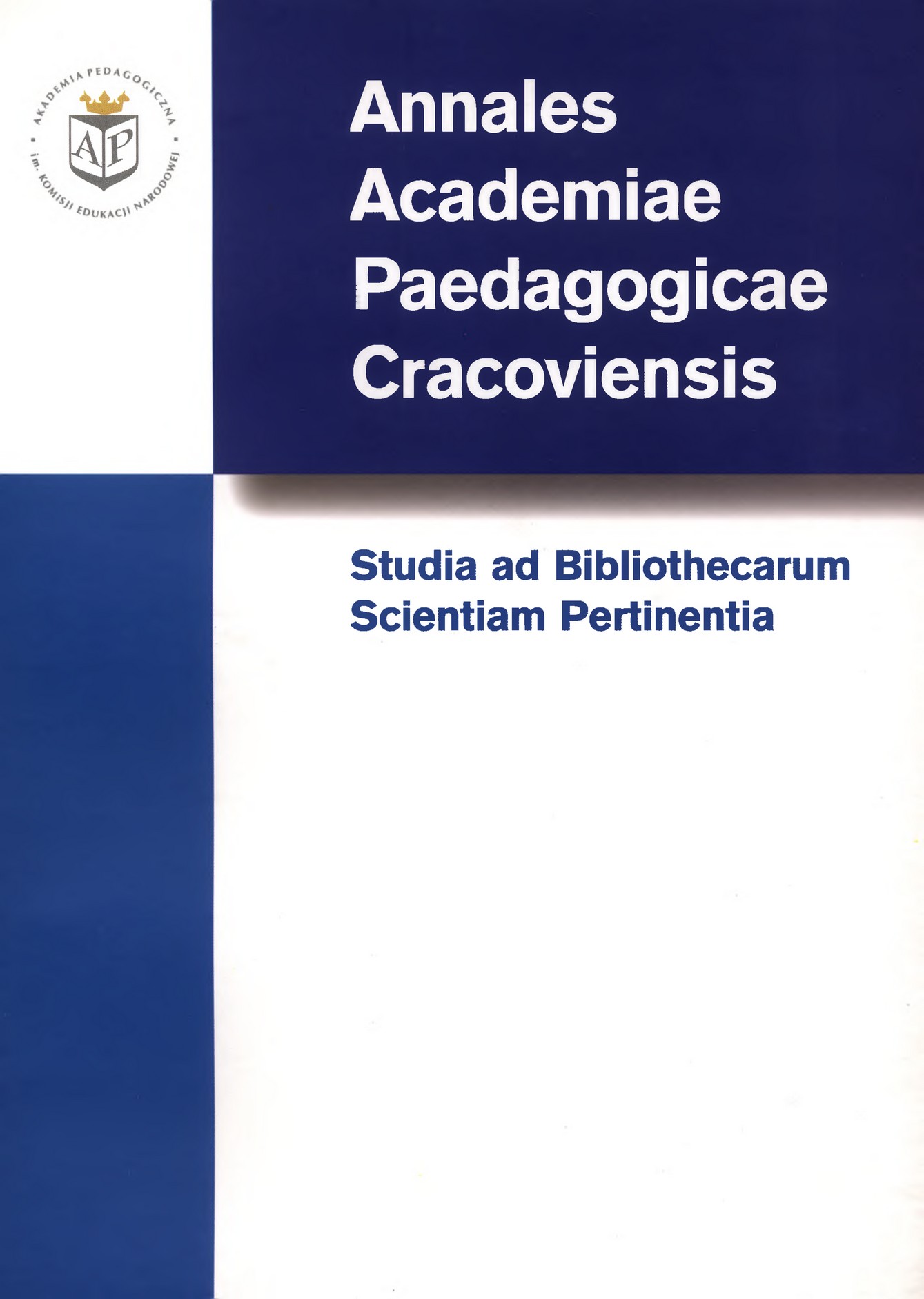Badania ankietowe w pracy bibliologa
Słowa kluczowe:
czytelnictwo, badania, metody, ankietyAbstrakt
Surveys in bibliologist’s workBibliology frequently uses methods borrowed from other academic disciplines. One of them is sociology and its sociological method. It consists in examining the status and attitude of the social environment towards cultural or communication institutions, and in investigating the reactions of certain social groups to their activities. This is visible e.g. in using sociological methods in studies examining recipients, when demands of the market require objective measurements of the size, composition and reaction of the audience. The survey method can be employed for this purpose. It requires selecting the topic, setting up the goals and research hypotheses, and constructing the survey questionnaire. The questionnaire must be adapted to the age and structure of the group, but also to its perceptive and intellectual capabilities. Before the work begins, it is vital that the surveyor precisely understands how in the given research the surveyed population is defined: who can be surveyed, and who must be excluded from the research. A crucial part of the research process is preliminary testing of research tools, which in the case of a questionnaire is called a pilot study. Its aim is revealing and describing respondents’ reactions to particular questions of the survey. The researcher is mainly interested in how questions, and the terms they contain are understood and what sensations and emotions they evoke in the respondents. After conducting the pilot study, for which the population sample is selected randomly (e.g. by choosing some numbers from the class register of the class in which the pupils are to be surveyed) or purposefully (e.g. by selecting a given number of pupils from each class, including very good, average and very poor students) and after analyzing its results, the research tool can be verified. After it has been improved, the survey proper may begin, for which either the auditory survey or mail survey technique can be chosen. The research material obtained from the survey proper is then selected and analysed, first quantitatively and then qualitatively. The research results analysis should be finalized with conclusions, which may recall general results, but most of all should verify the originally formulated hypotheses.
Pobrania
Opublikowane
2008-03-30
Jak cytować
Ippoldt, L. (2008). Badania ankietowe w pracy bibliologa. AUPC Studia Ad Bibliothecarum Scientiam Pertinentia, 6, 122–127. Pobrano z https://sbsp.uken.krakow.pl/article/view/878
Numer
Dział
Artykuły / Articles

